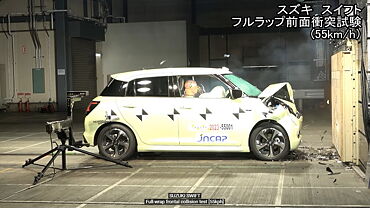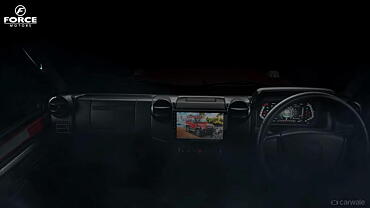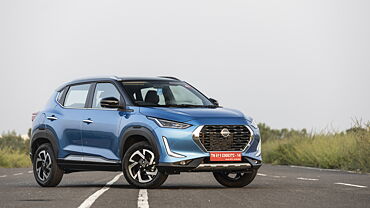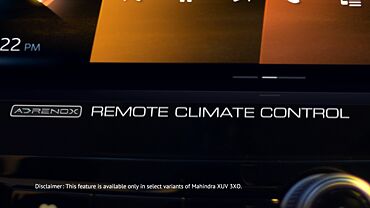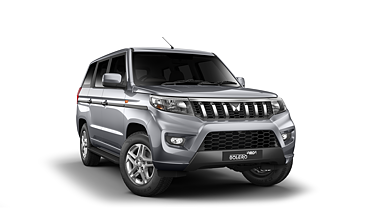Nissan Motor India Private Limited (NMIPL), a completely owned subsidiary of globally renowned auto major Nissan Motor Co., launched its Evalia Multi Purpose Vehicle (MPV) on September 25, 2012 in the domestic auto market. The company markets its MPV as an 'Urban Class Utility Vehicle' and claims it to be one of the best premium models, available in its class in the country. Evidently, Evalia model is the Japanese car maker's first offering in the utility vehicle segment of Indian auto market. The most impressive design aspects of the Nissan Evalia MPV are its sliding doors and luxurious interior setting. Interestingly, the stylish model reminds one of the old and forgotten- Mitsubishi Voyager, which arguably was one of the country's first luxury multi purpose family vans.
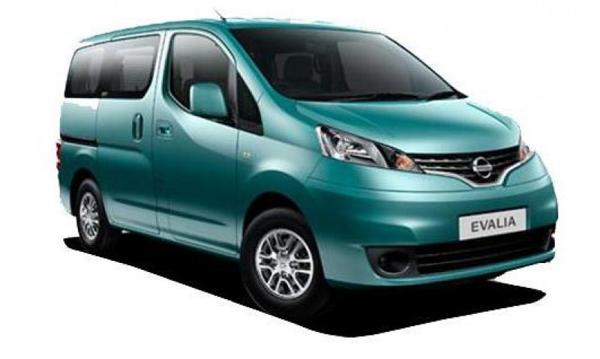
For those who are not familiar with the Voyager MPV, it was actually a Mitsubishi made vehicle but was retailed as a Mahindra model in the Indian passenger car market. As per reports, the Voyager was Mitsubishi's L300 van and was introduced to the domestic audience in the year 1997. However, slow sales and lacklustre demand led the company to withdraw the model from Indian market after just two years in 2000.
In terms of exterior appearance, the Nissan Evalia boasts off contemporary looks and stylish styling, whereas the Mitsubishi Voyager looked boxy and obsolete in design. Further, the interiors of Voyager were kept basic and failed to lure Indian buyers towards purchasing it. The vehicle lacked an air conditioning system, which didn't reciprocate with its high price tag.
Speaking of under-the-hood specifications of Nissan Evalia, the MPV comes assimilated with the critically acclaimed 1.5 litre, 1461 cc, K9K dCi four-cylinder CRDI (Common Rail Direct Injection) diesel powertrain. The 1.5 litre Renault sourced K9K engine pumps out a peak power output of 85 bhp, along with a highest torque delivery of 200 Nm at 1,900 rpm. The Evalia engine assembly is mated with a five-speed manual transmission system and the fuel efficiency is rated at 15.8 kmpl in normal city driving conditions, while on highways the mileage goes up to 19.33 kmpl.
On the other hand, the discontinued Mitsubishi Voyager was powered with a dated 2.5 litre, 2498 cc, 4-cylinder XD-3P BM diesel power-mill. The XD-3P BM diesel motor produced peak output power and torque equations of 72.5 bhp at 400 rpm and 150 Nm at 2000 rpm. The power and torque ratings are not particularly impressive, since the vehicle was powered with a 2.5 litre engine.
Pegged as a luxury MPV, Mitsubishi Voyager targeted big Indian joint families and college going population, along with those who loved to go on routine intercity trips and picnics. However, the Voyager van ended up being used as taxis and ferried kids from their homes to schools and back. The Nissan Evalia seems miles ahead of the Voyager in all aspects, right from engine specifications, styling, exterior and interior setting, along with a superior value-for-money quotient.



